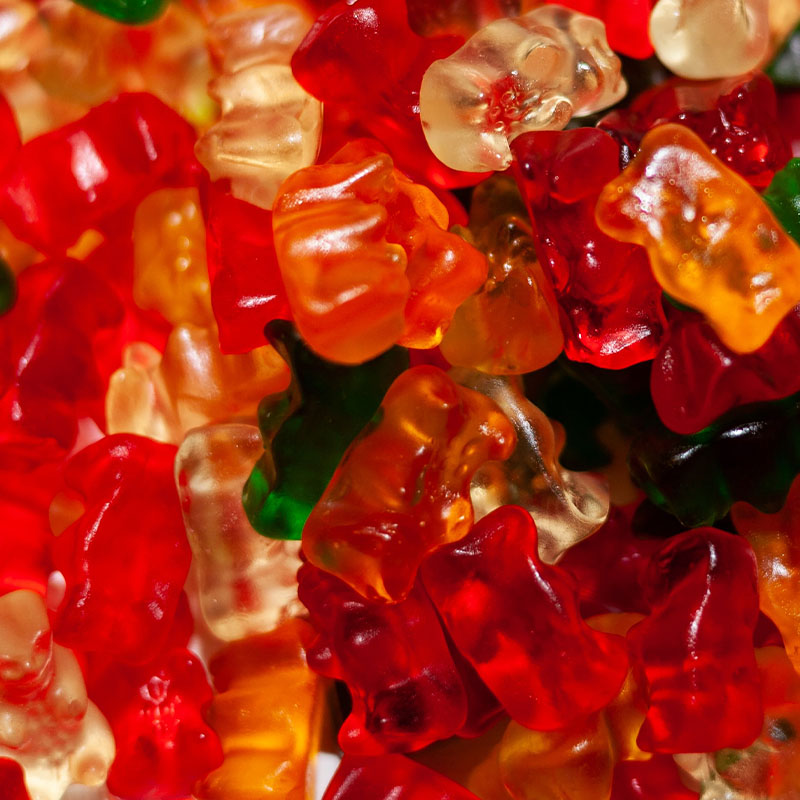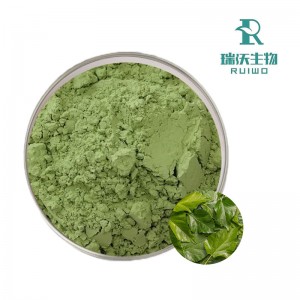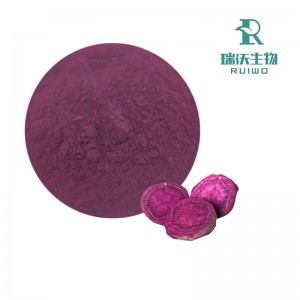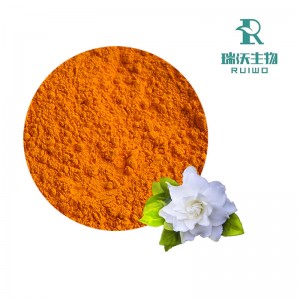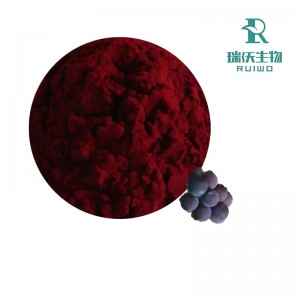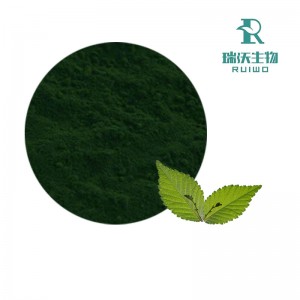Amaranthus Red Colorant
Introduction of Amaranthus
What is Amaranthus?
Amaranth (scientific name: Amaranthus tricolor L.), also known as "green amaranth", is a genus of amaranth in the family Amaranthaceae.
Amaranthus is native to China, India and Southeast Asia. Amaranth stems are stout, green or red, often branched, with leaves ovate, rhombic-ovate or lance-shaped, green or often red, purple, yellow or partly green with other colors. Flower clusters are spherical, mixed with male and female flowers, and the utricles are ovoid-momentous. Seeds are suborbicular or obovate, black or black-brown, flowering from May to August and fruiting from July to September. It is resistant, easy to grow, heat-loving, drought and humidity tolerant, and has few pests and diseases. The roots, fruits and the whole herb are used as medicine to improve eyesight, facilitate urination and defecation, and remove cold and heat.
Benefits of Amaranthus Red Colorant:
Amaranthus Red Colorant is a natural coloring agent extracted from amaranth by using modern biotechnology. Mainly used in food, such as beverages, carbonated drinks, prepared wine, candy, pastry decoration, red and green silk, green plum, hawthorn products, jelly, etc., as a red coloring agent.
Colorants provide these products with rich and vibrant reds and greens, making them look attractive and appealing.
In addition to adding color, there are several benefits to using amaranth coloring in food. First, it's a natural food coloring, which means it doesn't contain harmful synthetic chemicals. This makes it a safe and healthy choice for children and adults.
Finally, amaranth is rich in antioxidants and phytonutrients, which have several health benefits. It's rich in vitamin C, iron, and calcium, which help improve overall health and immunity. Additionally, its anti-inflammatory properties help reduce inflammation in the body and reduce the risk of chronic diseases.
In conclusion, amaranth colorant is a natural, safe and healthy food colorant. In addition to providing vibrant color, it also has several health benefits, making it an excellent choice for the food industry. By using amaranth colorants, food manufacturers can create products that are as tasty as they are aesthetically pleasing and wholesome.
Introduction of Amaranthus Red Colourant:
Amaranth is a genus of amaranth in the family Amaranthaceae, native to tropical and subtropical regions of America and southern Asia. Its earliest identity would have been as a wild vegetable to feed the hungry.
Wild amaranth is so adaptable and vigorous that in Chinese folklore, it is not only eaten as a wild vegetable, but also used as a traditional Chinese medicine or fed to livestock. Amaranth is grown in the United States and India as livestock feed. In addition, some amaranths have been domesticated into ornamental plants, such as the five-colored amaranth.
The history of amaranth as an artificially grown vegetable dates back to the Song and Yuan dynasties. The most common amaranth on the market today is red amaranth, also called tricolor amaranth, wild goose red, and rice cereal. It is more common in the south of China, and in Hubei, people call it "sweat vegetable", and it is usually available in summer and autumn. It is characterized by purplish-red center of the leaves and often red rootstock. Besides red amaranth, there are also green amaranth (also called sesame amaranth, white amaranth) and all-red amaranth.
The color of red amaranth soup is bright and can be eaten with rice, but it is difficult to wash off if it is accidentally spilled on clothes. The pigment in red amaranth soup is amaranth red, a water-soluble pigment, which belongs to anthocyanin group, the main component of which is amaranth glucoside and a small amount of beet glucoside (beet red). Although it has a similar color to anthocyanin, the chemical structure is quite different, so the chemical properties are relatively more stable. Amaranth red also has weaknesses, such as not being able to withstand prolonged heating and not being very fond of alkaline environments. In an acidic environment, amaranth red is a bright purple-red color, and it turns yellow when the pH exceeds 10.
Nowadays, people extract the pigment of amaranth for food industry, mainly for candy, pastry, drinks, etc.



